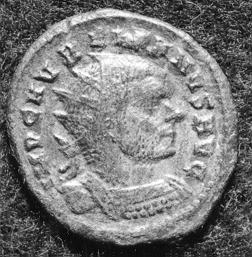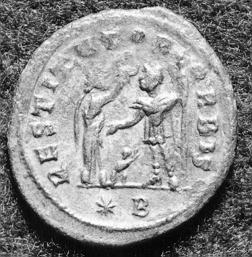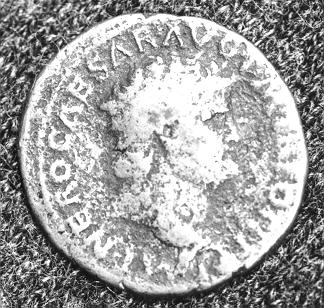|
|
|
One of the
defining characteristics of the Roman Empire was their ability
to have a standard currency. However, the currency changed
throughout the Roman Times. One the most famous coins of the Roman Empire was the coinage of Caesar Gordian III. The
picture on the left is a picture of the coins of Caesar Gordian III.
He was only 13 when he became the ruler of Rome after the two emperors were murdered.
This coin dates back from arou nd 238 AD around the months April and June. This coin is from Sestertius,
Rome. |

|

|
Another famous emporer was
Aurelian. Aurelian was the son of a famous Senator called Aurelius.
His full name was Lucius Domitius Aurelianus and would become one of the most well known emperors
of the Roman Empire. Aurelian was most known for his
severity. It was once said that
he killed his sister's son (or daughter) for no real reason. However,
he ended up becoming a great emperor. These coins date back
from about 214 AD. |

|

|
Nero was the emperor during
the fight with the Parthians. Nero was most popular when he
was awarded the clupeus virtutis of Augustus. This medal was
to reward him with his efforts against the Parthians. The Back
of the coin is the Altar to Peace which Nero built after peace was
maintained between Rome and the Parthians. This coin is probably
from around 54 AD. |

|

|
The emperor on this coin
is Trajan Augustus. This coin depicts Trajans battles in the
water. The silver in them represent the Danube River while the
back shows him on the prow of a ship acting like a god. Emperor
Trajan Augustus was known mostly for his conquest of Germany and the
Dacians. This coin probably dates back from about 107 AD. |